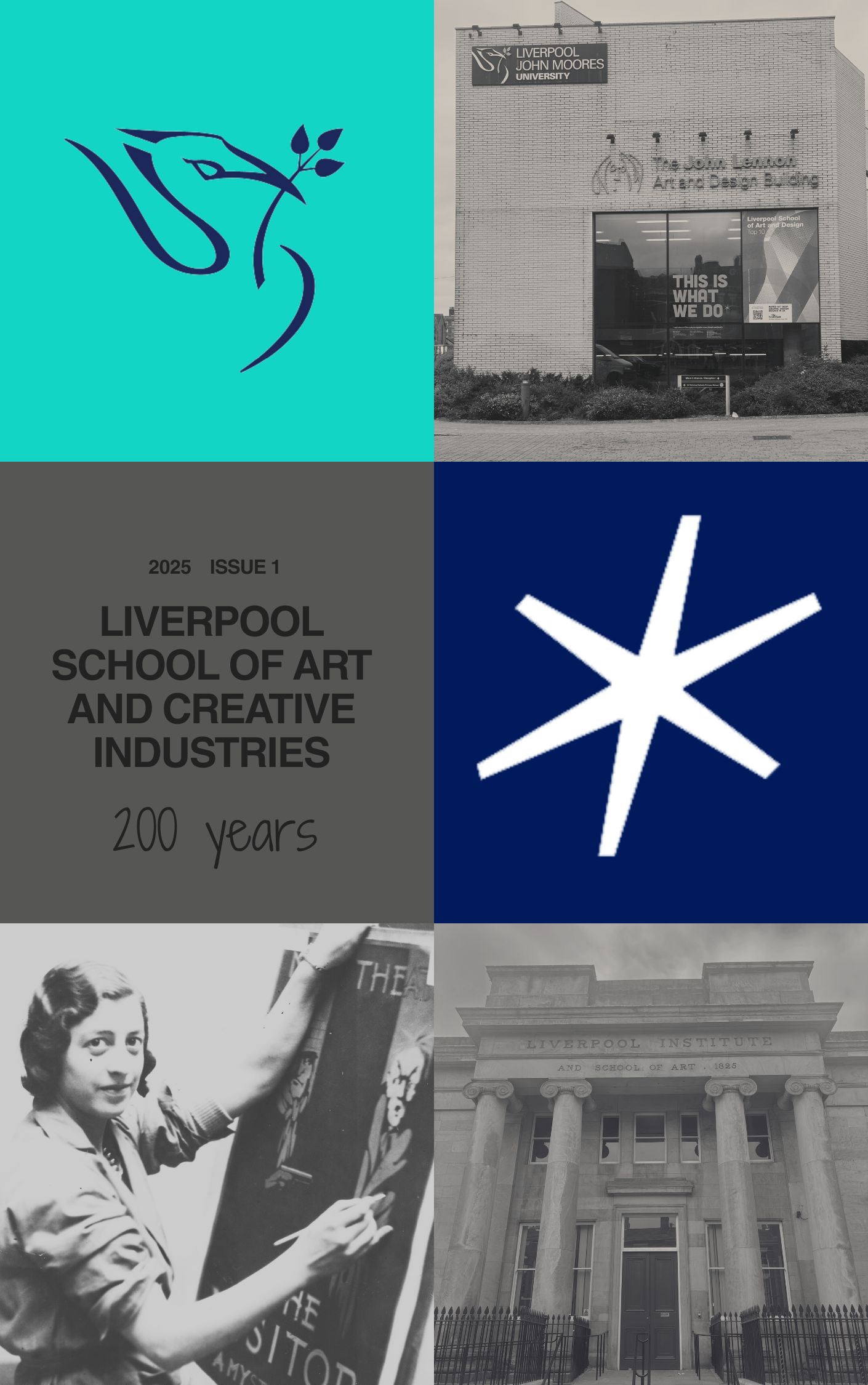Marina Abramović
DOI:
https://doi.org/10.24377/LSACI.article3135Abstract
There are many reasons why Marina Abramović’s major exhibition in the Royal Academy is important and the fact that it is the artist’s largest one in the UK to date is certainly amongst the most significant ones. It is also, since its opening in 1768, the first solo exhibition held in the Main Galleries by a female artist. It took 255 years and three waves of feminism for this reputable institution to open the gates of its most representative space to a woman - an icon, a pioneer, an internationally acclaimed performance artist who for over 50 years of her career never once stopped experimenting and challenging her own limits and those of her audience, yet still a woman. Adrian Heathfield argues that her life-long work and especially renowned shows in New York’s Guggenheim and MoMA held at the beginning of the twenty-first century, earned her a ‘global, cultural popularity experienced by only a handful of (still mostly male) artists’ (Royal Academy of Arts (RA), 2023 p.43) and subsequently enabled the Royal Academy show. Another reason of the exhibition’s importance lays in the fact that it presents Abramović, a Serbian born in 1946 in former Yugoslavia, not only as a performance artist but as a multidisciplinary one, who utilises photography, video, sculpture, drawing, installation, and other means to explore ‘art as a vehicle for emotional and spiritual transformation’ (RA, 2023 p.4).
Downloads
Published
Issue
Section
License
Copyright (c) 2025 Dagmara Firlej

This work is licensed under a Creative Commons Attribution 4.0 International License.
The copyright of content is retained by the author(s). Please check the specific licence for this item. The majority of the content in this journal is published under a Creative Commons Attribution Licence. Artworks are published under a Creative Commons Attribution-NonCommercial-NoDerivatives 4.0 International Licence. These licences allow others to read, download, copy, distribute, print, search, or link to the full text of works in this journal, or to use them for any other lawful purpose in accordance with the licence.
This journal provides immediate open access to its content and has no submission or publication fees.


